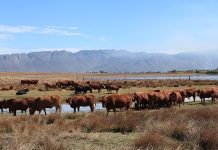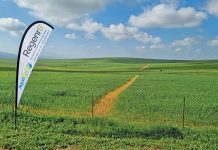A furore has erupted over state-owned forestry operation Komatiland Forests’ (KLF) announcement that from 1 April, it’ll be increasing pine sawlog prices to its long-term contract holders by 36%. Roy Southey, executive director of Sawmilling South Africa, which represents many of the interests of the country’s sawmilling industry, said any abnormal price increases for pine sawlogs coming from forestry companies is irresponsible as this will threaten the future of many sawmills.
KL F named the strong local demand for timber, combined with the countrywide reduced timber supply as a result of factors such as widespread forest fires, as reason for the increase and stated that it hopes to also use the price increase to narrow the 35% gap between open market and long-term supply contract prices to 14%. he forestry company’s spokesperson, Leslie Mudimeli, explained, “The open market bids are traditionally higher than the long-term contract prices and 2007 saw successful negotiations with long-term contract holders aimed at bringing contract prices in line with the open market. Long-term contract holders can expect a weighted average increase of 36% across all log classes.” I t is speculated that KLF will implement yet another price increase later in the year, in order to try to close this gap even further. “The price increase is clearly an indication of what the market is prepared to pay for this product,” said KLF’s chief executive Kobus Breed on a Business Day website posting. CEO of York Timbers, Lance Cooper, said the price of sawlogs makes up about 55% of sawmills’ total production costs. This factor combined with the costs of inputs such as labour and electricity will mean that the increased price of sawlogs on the market is going to have to be passed on further up the timber value chain if the sawmills are to survive in the long term. Cooper continued, “South Africa’s going to experience a timber shortage for at least the next 30 years based on the shortage of locally produced sawlogs against the massive local demand for products derived from these logs. This shortfall is estimated to be between 30% and 45% annually. “With the weaker rand, it’s going to be cheaper to import sawn timber from other countries than to produce it locally. Local sawmillers are going to have to become even more competitive to challenge these cheaper imports, or hope that the rand will strengthen soon and import parity for sawn timber products will be reached.” – Lloyd Phillips








